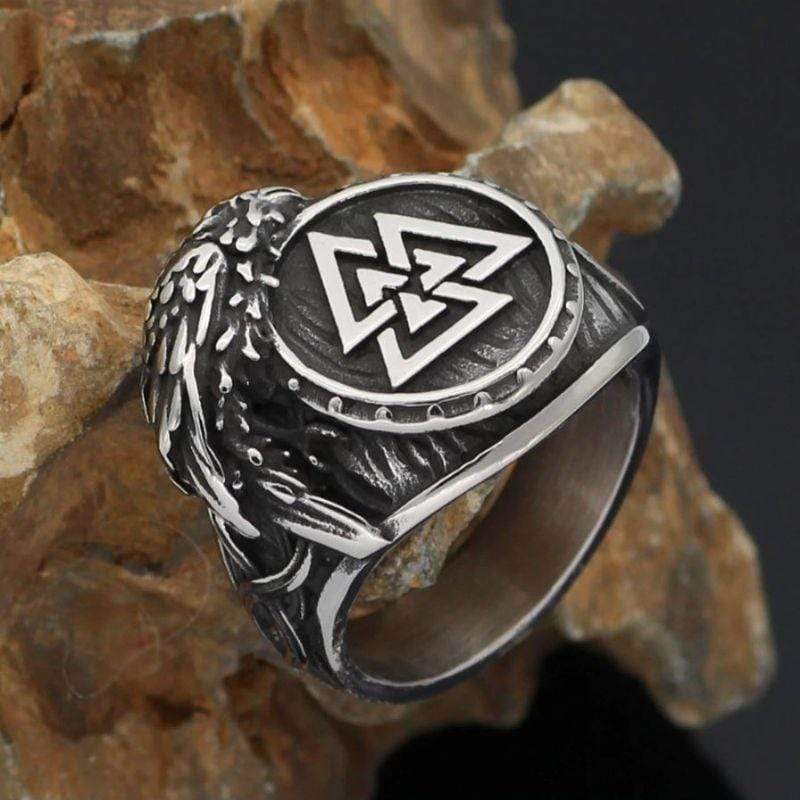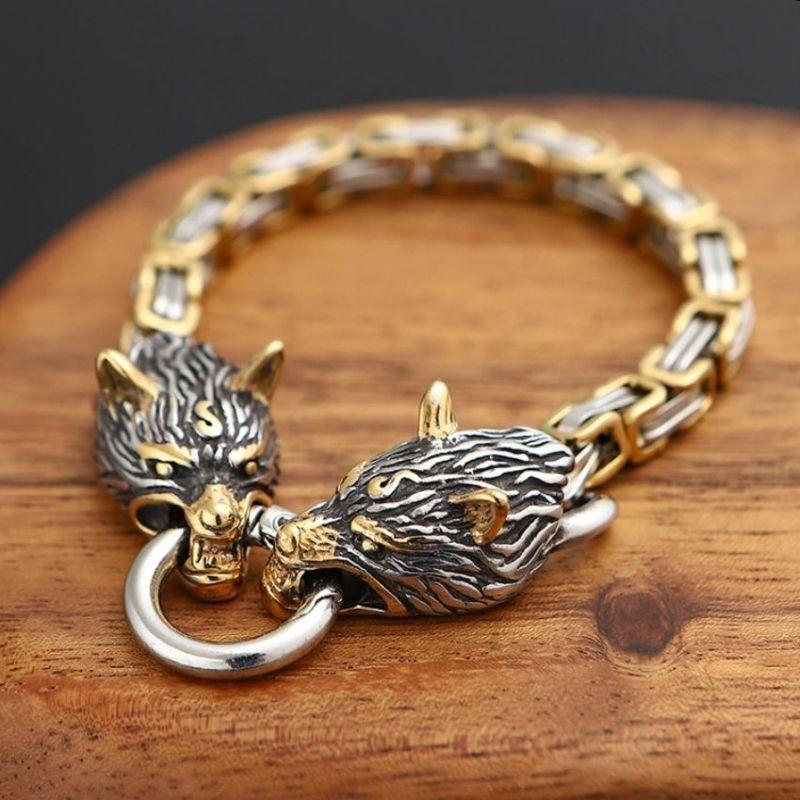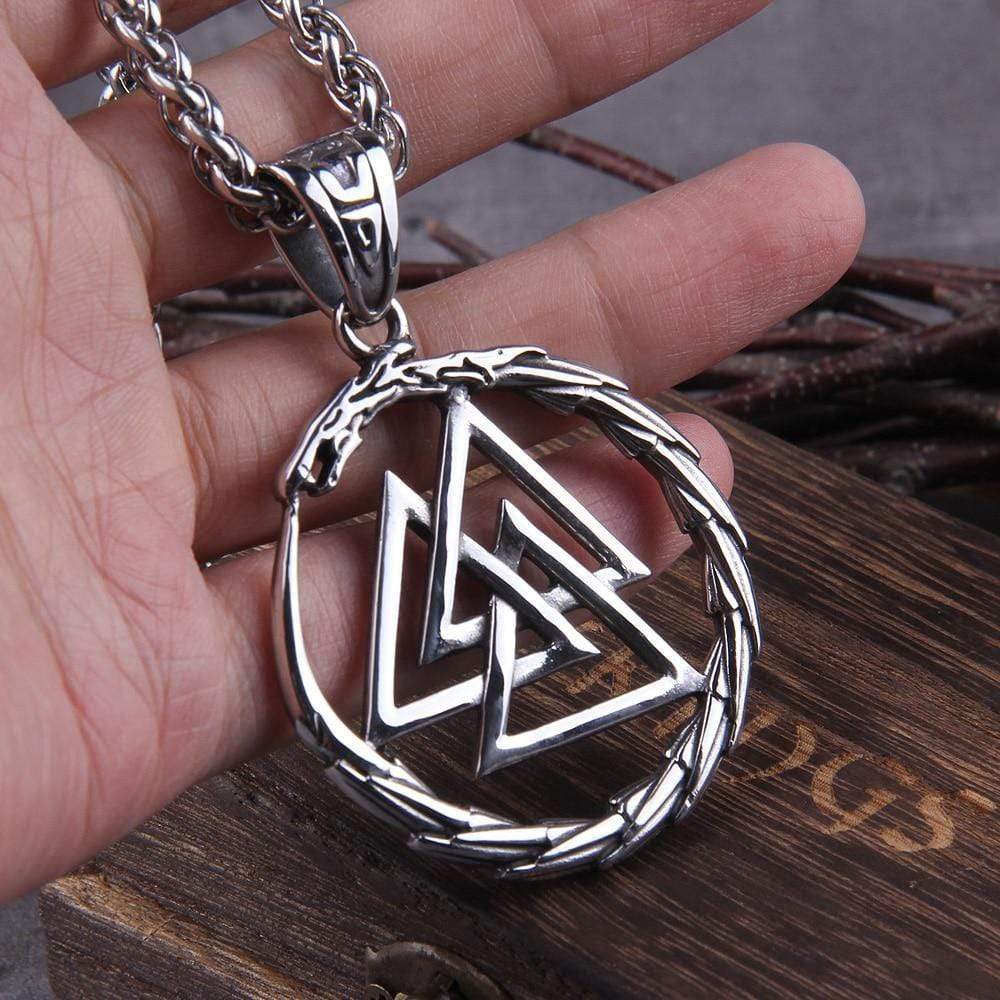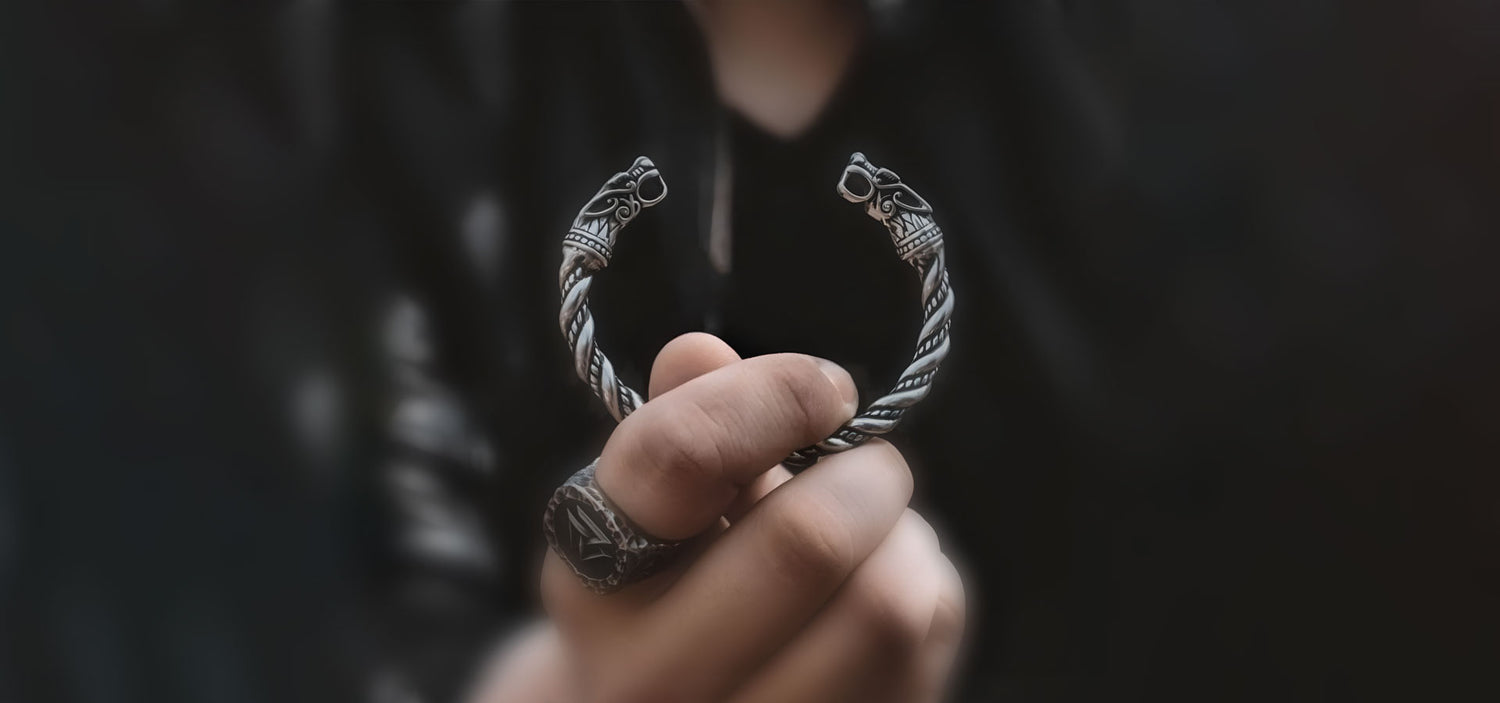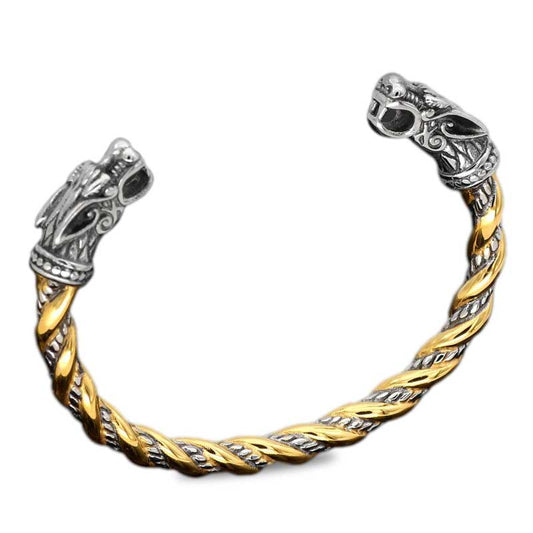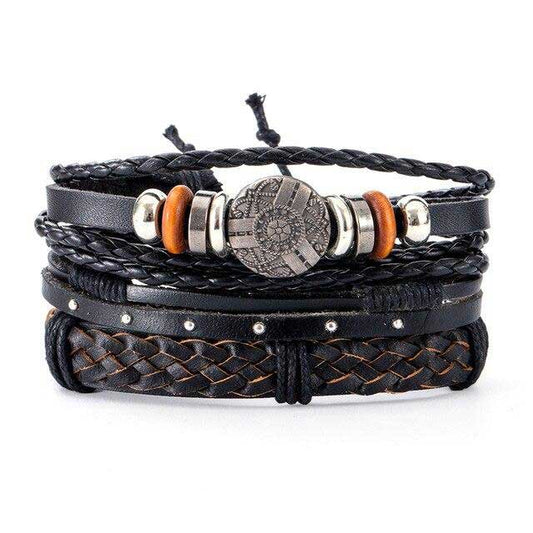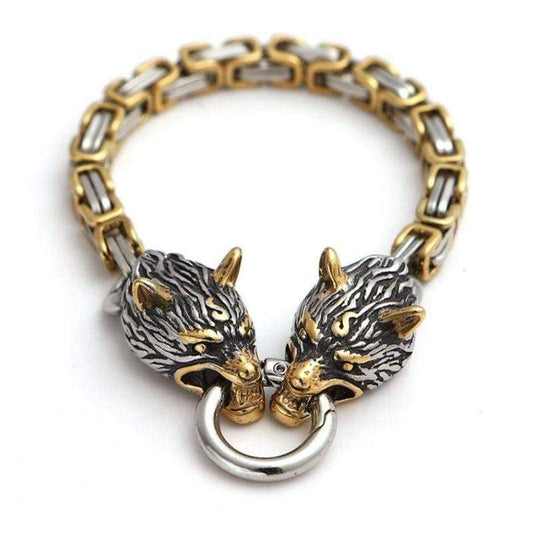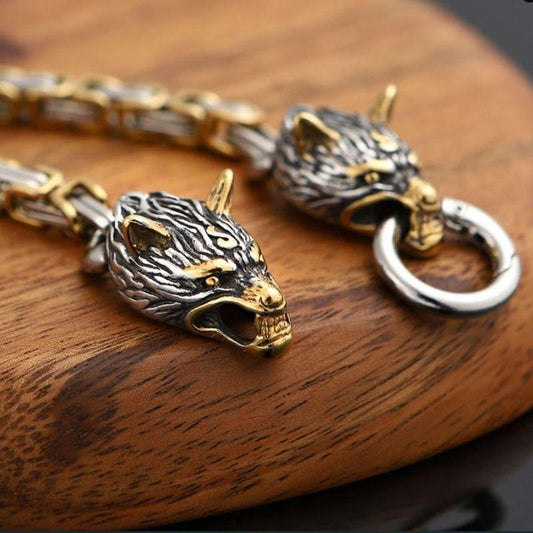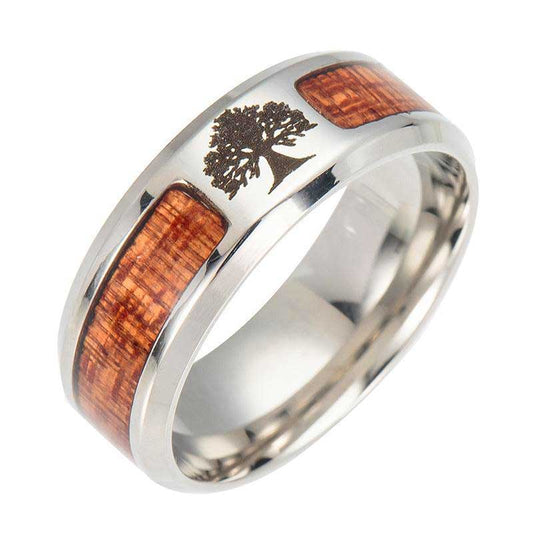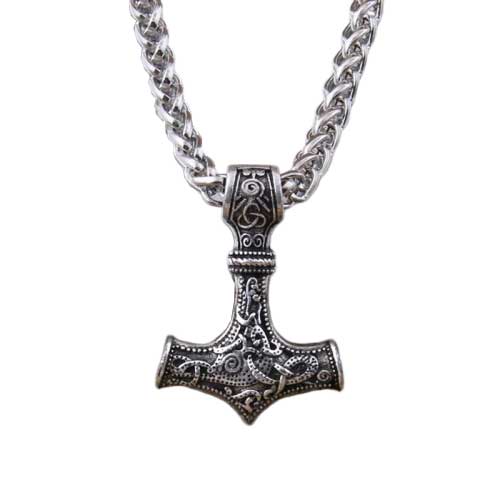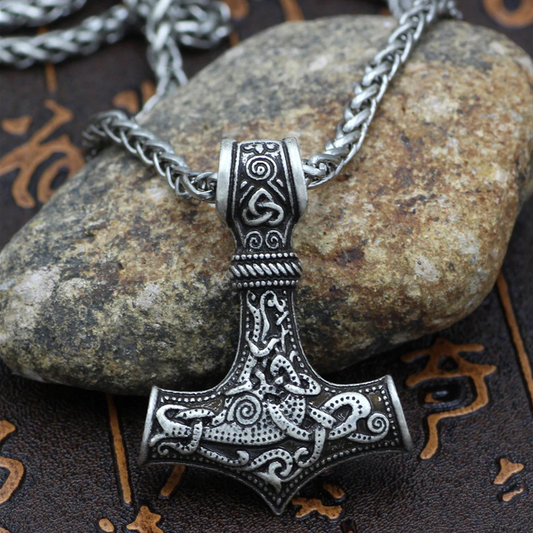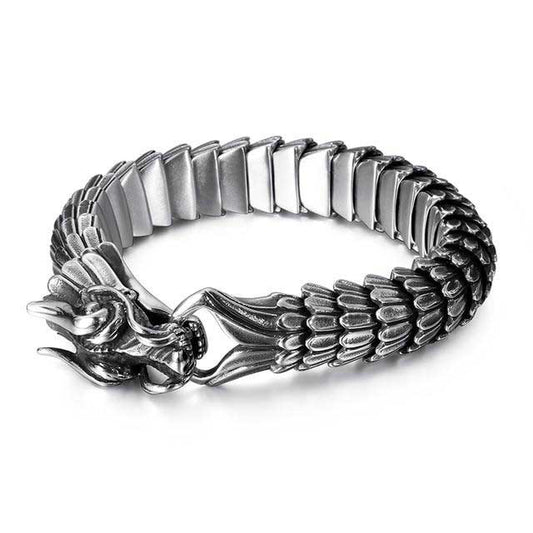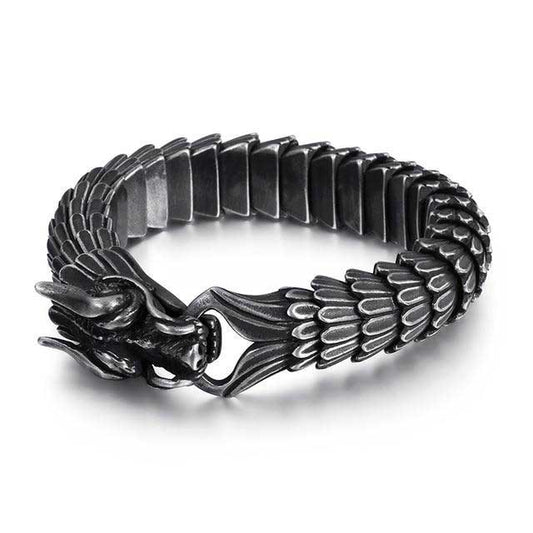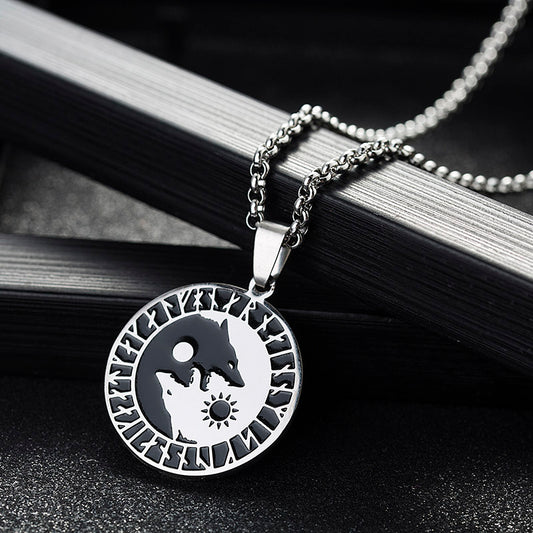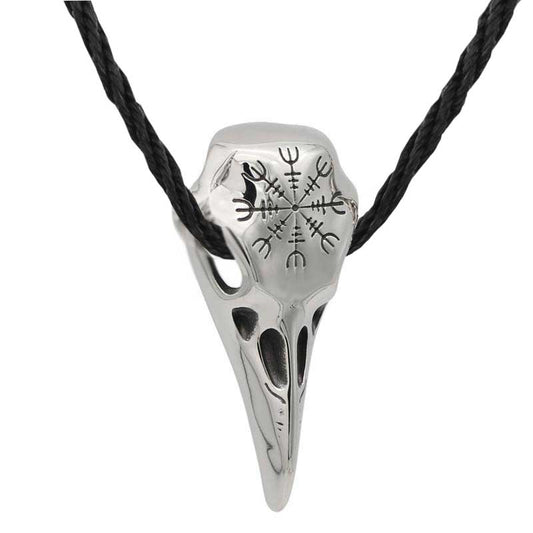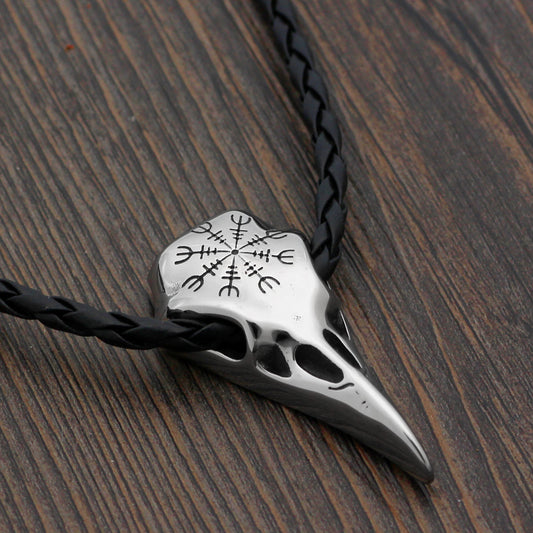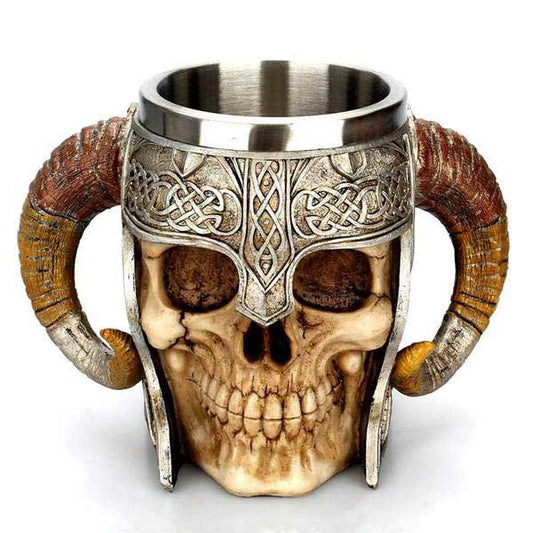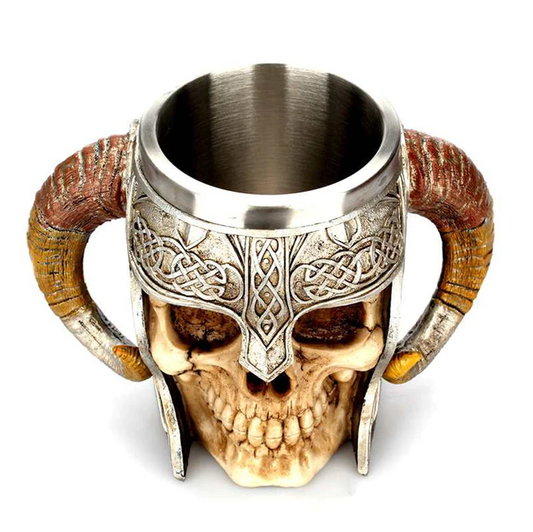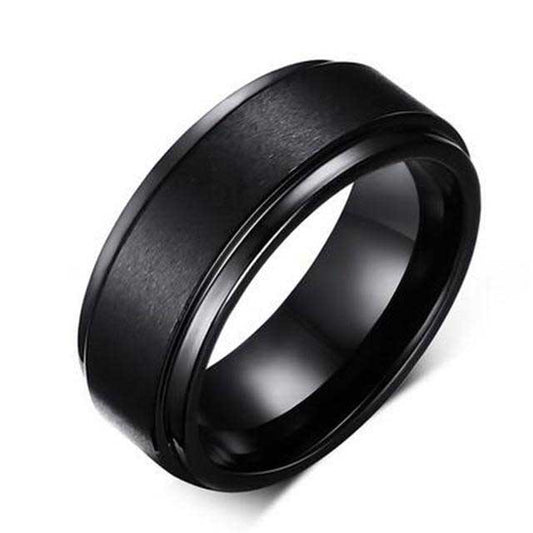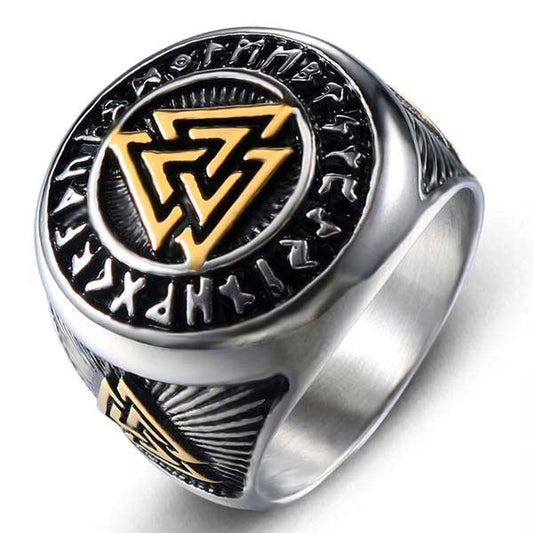The Viking period begins around 793 AD, and extends until the year 1066. If several hypotheses attempt to explain the " disappearance " of these northern warriors in the middle of the 11th century (11th century) , it is the attempted invasion of England by the King of Norway which truly marks the end of the Viking era. Indeed, the battle of Stamford Bridge which opposes the British to the Norwegians is undoubtedly one of the last great Viking battles .
The Battle of Stamford Bridge: The Event That Marks the End of the Viking Age
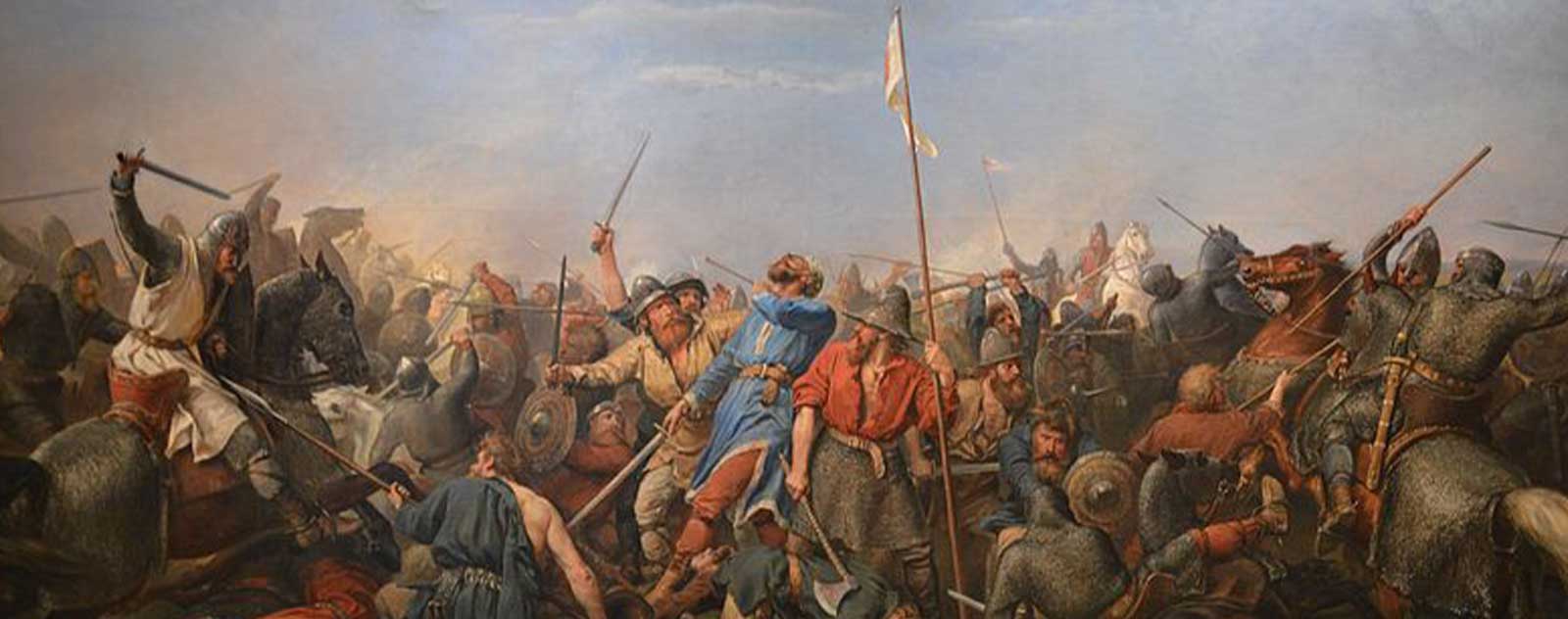
The Battle of Stamford Bridge, which takes place in the year 1066 in England , is the battle that marks the end of the Viking Age. It opposes the British king Harold Godwinson , to his own brother Tostig allied to the Norwegian king Harald III . But then why does this battle break out and why does it define the end of the Viking Age?
Nearly 300 Viking ships land in England
Harald III is king of Norway in 1066 . That year, the King of England died and it was his succession that awakened war ambitions in the four corners of Europe.
In September of that same year, the Viking leader Harald III landed on English lands with, at his side, Tostig and an army of 10,000 men . In total, nearly 300 longships , war and supply, drop anchor on the English coast. The Norwegian Vikings first won a first battle on September 20 , not far from York, and then took control of this geographical area. Harald III and Tostig gain confidence and feel strong after this first won battle. The King of Norway therefore decided to set up his army near Stamford , 150 km north of London. However, part of his troops and therefore part of their weapons remain near the boats, 30 kilometers away. Big mistake for the Viking leader.
On September 25, 1066, Harald III was surprised by Harold , Earl of Wessex elected King of England for only a few months, and elder brother of Tostig. The latter arrives straight from London, which he traveled in just 4 days and 3 nights to come and defend his lands. When Harold's English army lands, the Vikings are more than surprised.

The story goes that a Viking axe -wielding beast warrior held off the English long enough for the Norwegian army to form a shield. With his weapon, this giant Viking kills 40 English soldiers before being shot down in turn, skewered by a spear on the Stamford bridge. Despite Tostig's advice to retire, Harald III, a true Viking warrior at heart, decides somehow to go into battle.
The battle rages for hours on end. But with partially armed men and poor preparation, the Norwegian troops find themselves completely massacred . Harald III and Tostig are both killed in battle, the former taking an arrow in the throat. Out of the 300 departure ships, the Norwegians only finally left on board about thirty boats.
The aftermath of the Battle of Stamford Bridge

This so-called Battle of Stamford Bridge is considered the end of the Viking Age . In Norway, it is Olav Kyrre, son of Harold III, who succeeds his late father on the throne. The warriors from the north promise not to attack England again and King Harold therefore accepts a truce with the Norwegians. A few weeks after the victory of the British king, his troops face a new invasion led by William the Conqueror, Duke of Normandy. The English are finally defeated.
The Scandinavian warriors however continued their campaigns the centuries which followed. And especially in Ireland and Great Britain . In 1070, King Sweyn Estrithson of Denmark set sail with his troops for the English islands. Around the year 1100, it was the turn of King Magnus Barefoot of Norway to land there. However, the battle of Stamford Bridge remains indeed the last great attempt at a Viking invasion, which marks the almost total defeat of the Scandinavian people.
Do Vikings still exist today?
Today the Vikings are no longer called "Vikings" . But rather Norwegian , Swedish , Danish or Icelandic . They now live - or at least their descendants - in the Nordic countries and have since become Catholics . More than Vikings themselves, it is mainly their heritage that we still find today.
The presence of Viking peoples in France and northern Europe left a certain linguistic influence. Sometimes a genetic and morphological influence as well.
If the Viking peoples have disappeared over time due to many and various causes, it is the British troops of King Harold who defeat them last, at Stamford Bridge. The one that is intended as one of the most important Viking battles marks the end of their era.
